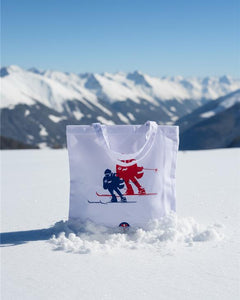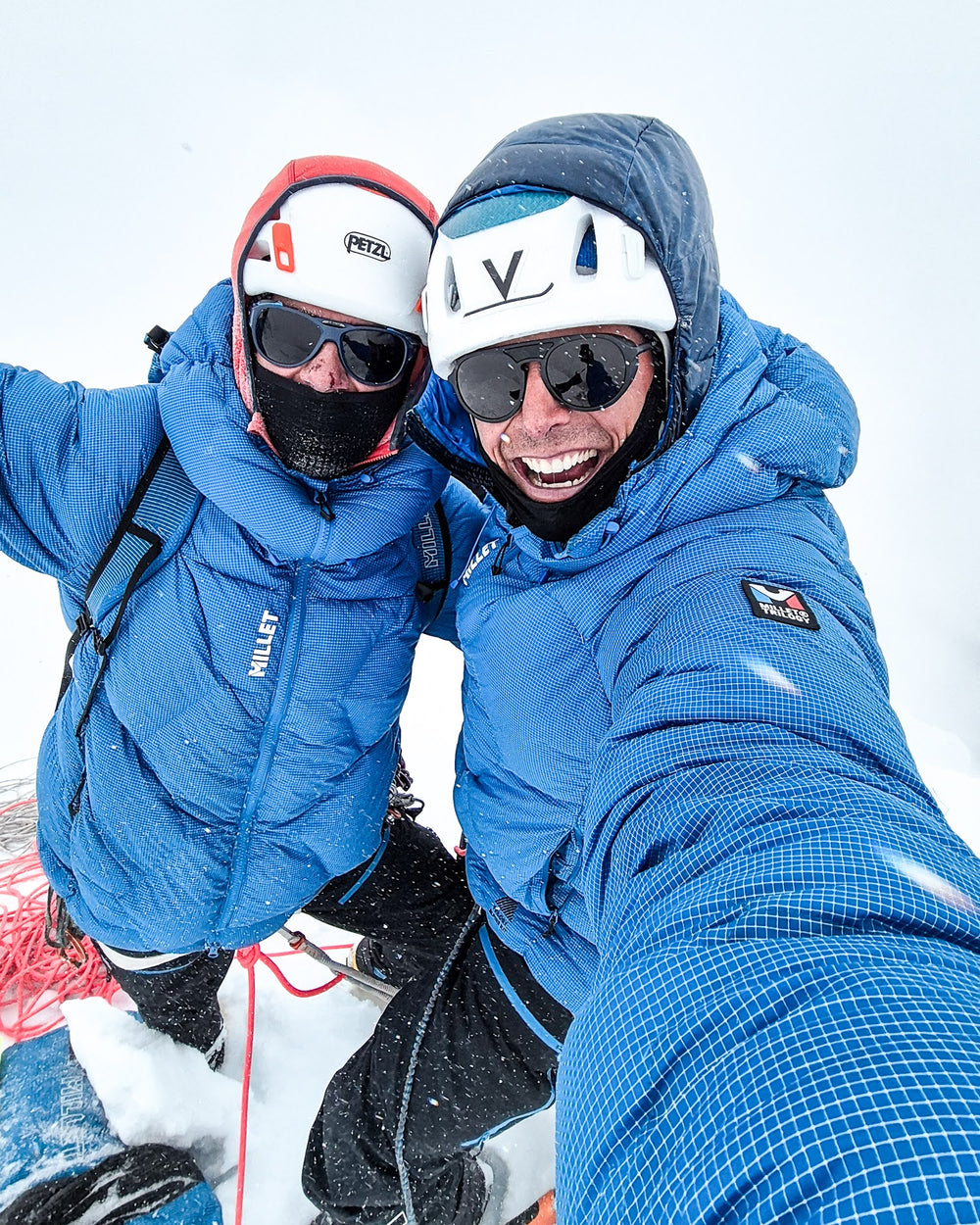
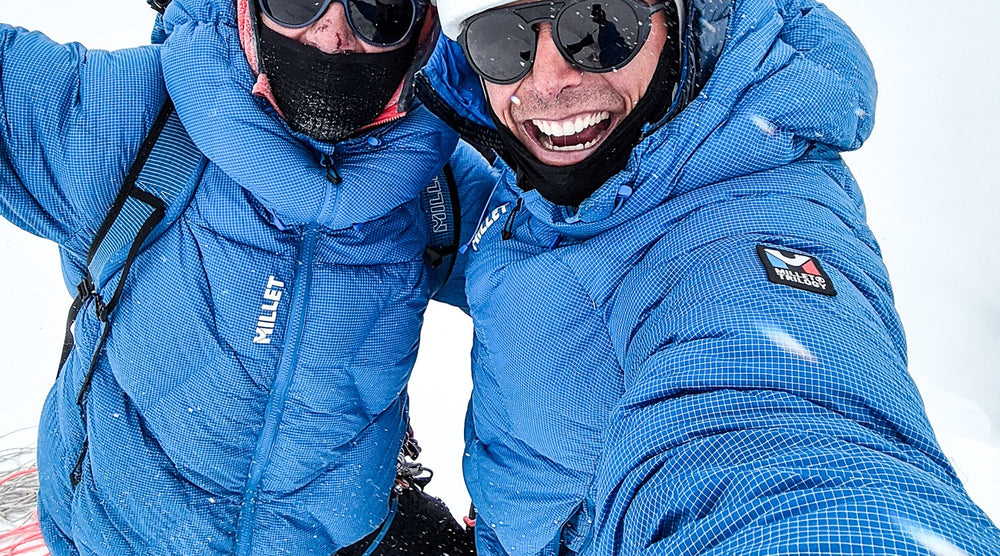
Photos : Mathurin Vauthier
High-level mountaineering is not just about climbing mountains. It involves discovering new routes, venturing onto untouched and unknown faces, and pushing the limits of what is possible. This ultimate form of exploration and conquest is embodied by mountaineers like our Fellow Charles Dubouloz and his climbing partner Symon Welfringer. These dreamers, adventurers, conquerors embarked on an expedition with hopes full of promise, ready to face nature's challenges and achieve their boldest dreams. Their project, initially focused on Gyachung Kang, took an unexpected turn to the west face of Hungchi, a steep, aesthetic wall that captivated their imagination to become the new goal of their adventure.
« All that mattered was going to the mountains, drawing from within, pushing hard, and achieving something. It didn't matter what, as long as it was an accomplishment. I put so much ambition into this expedition that I needed a success before getting back on the plane. »
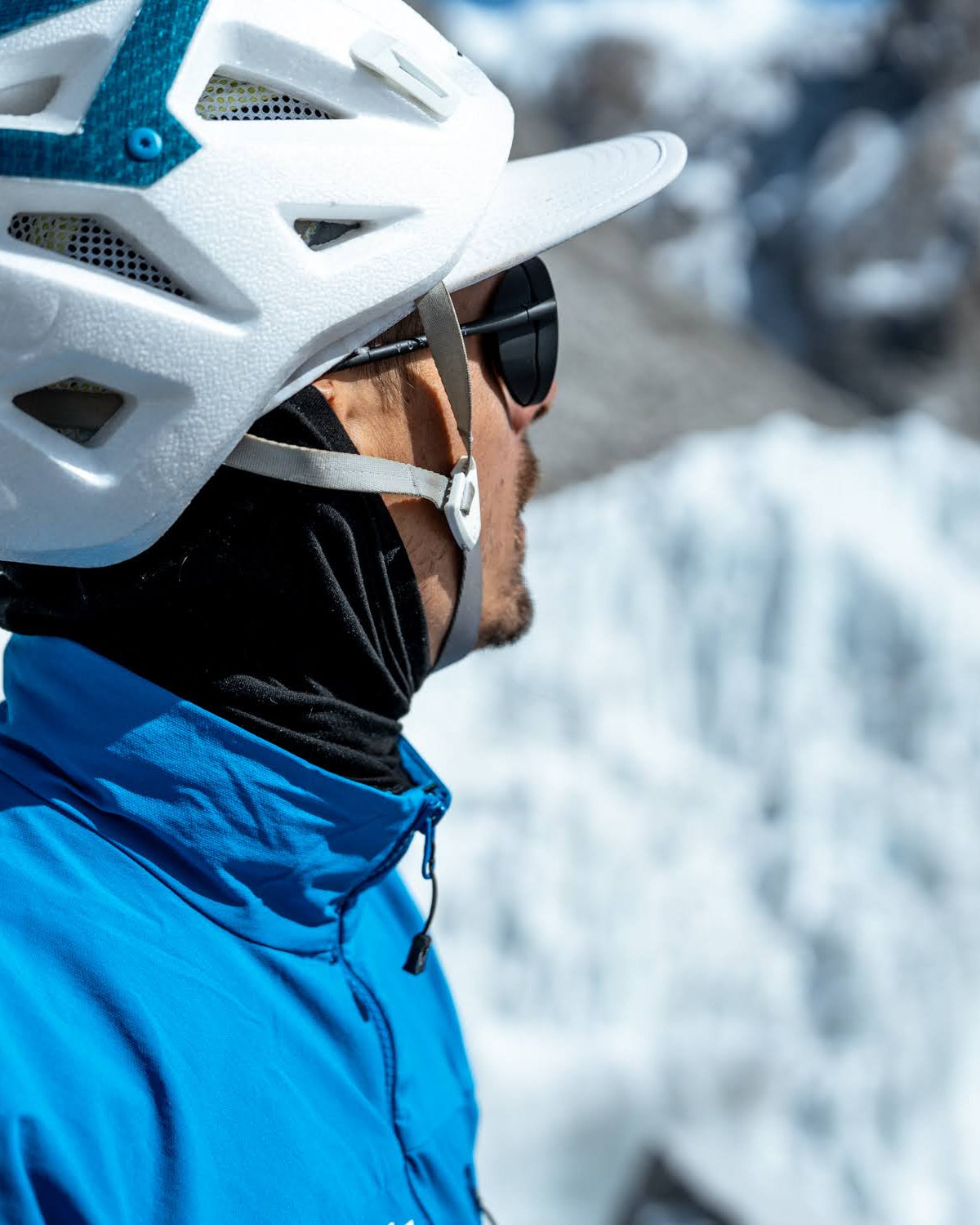
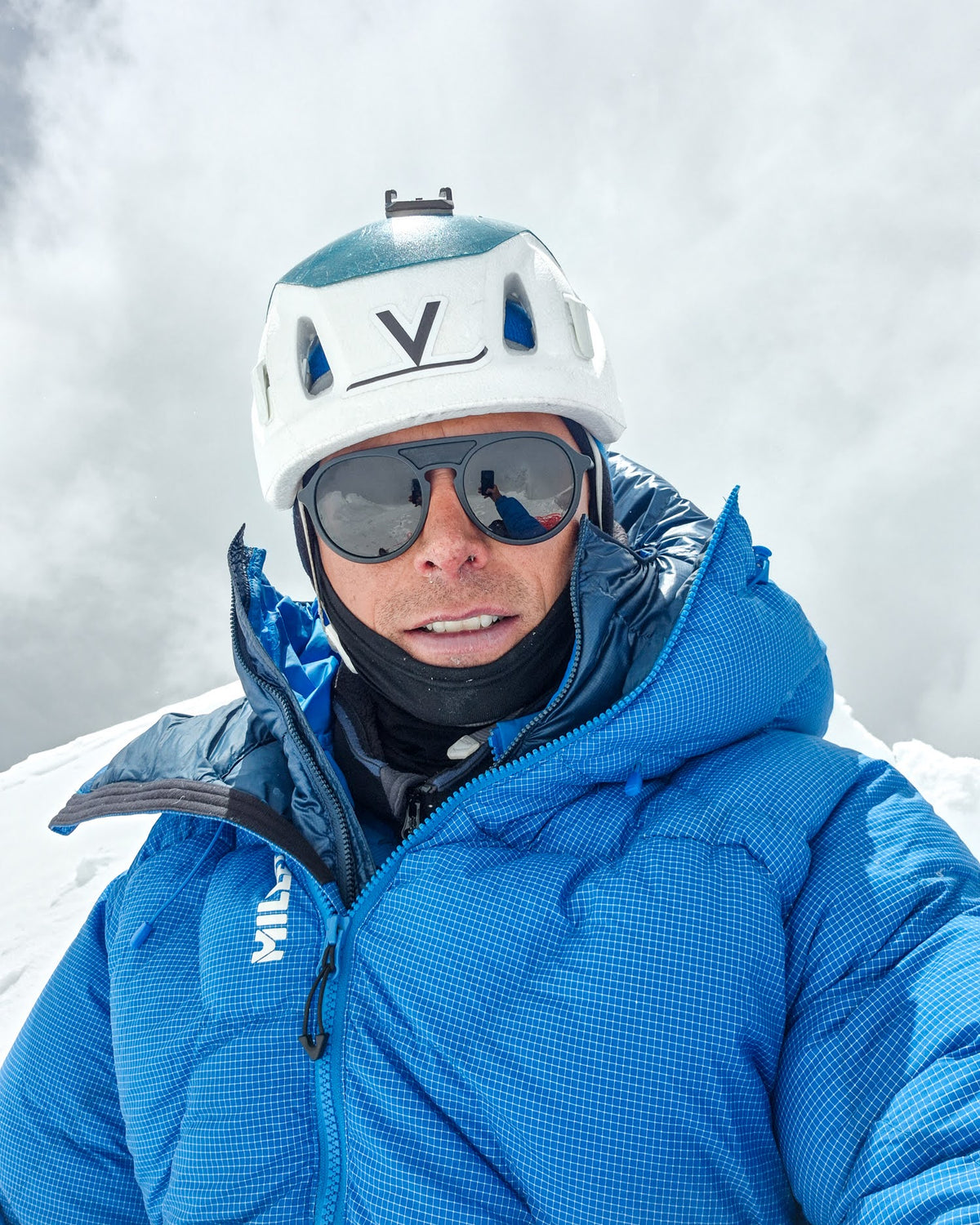
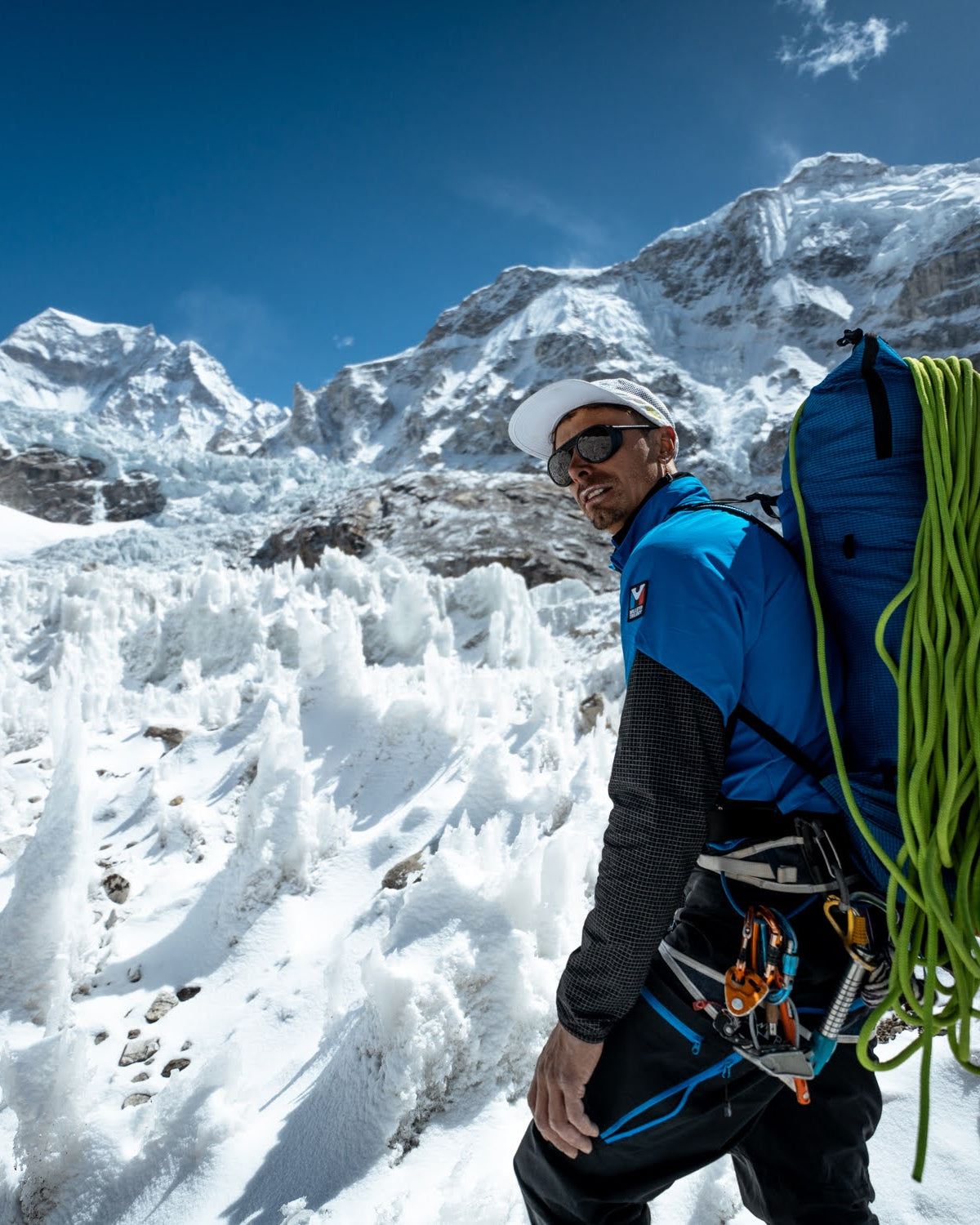
How did you approach this experience?
We approached this experience in a professional manner, investing a lot of energy and preparation before our expedition to Nepal. With our experience in high-altitude expeditions, we knew there was a slim chance everything would go as planned. And that's exactly what happened. We didn't climb the originally planned mountain but opened a completely different route due to numerous unforeseen events.
We were confident in our physical abilities thanks to all the energy we had put into the project beforehand. Even though this expedition didn't go as planned, it was still a very beautiful experience.
Do you think the suffering endured makes the victory even sweeter at the end? What drives you to always push yourself to the limit for these kinds of projects that may seem crazy to many?
The commitment for an expedition in the Himalayas is considerable, especially due to the remoteness and austere conditions. It took six days of trekking to reach the base camp, and this long process reinforced our commitment to the expedition.
The energy invested in the project is what makes the success beautiful, not the suffering. We had prepared extensively before leaving. But Symon fell ill during acclimatization, which completely disrupted the project. Despite this, we managed to bounce back and use all our skills for the ascent. The greater the investment, the more beautiful the success.
What always drives me to surpass myself is the desire to perform well in my mountaineering practice and to give my best.
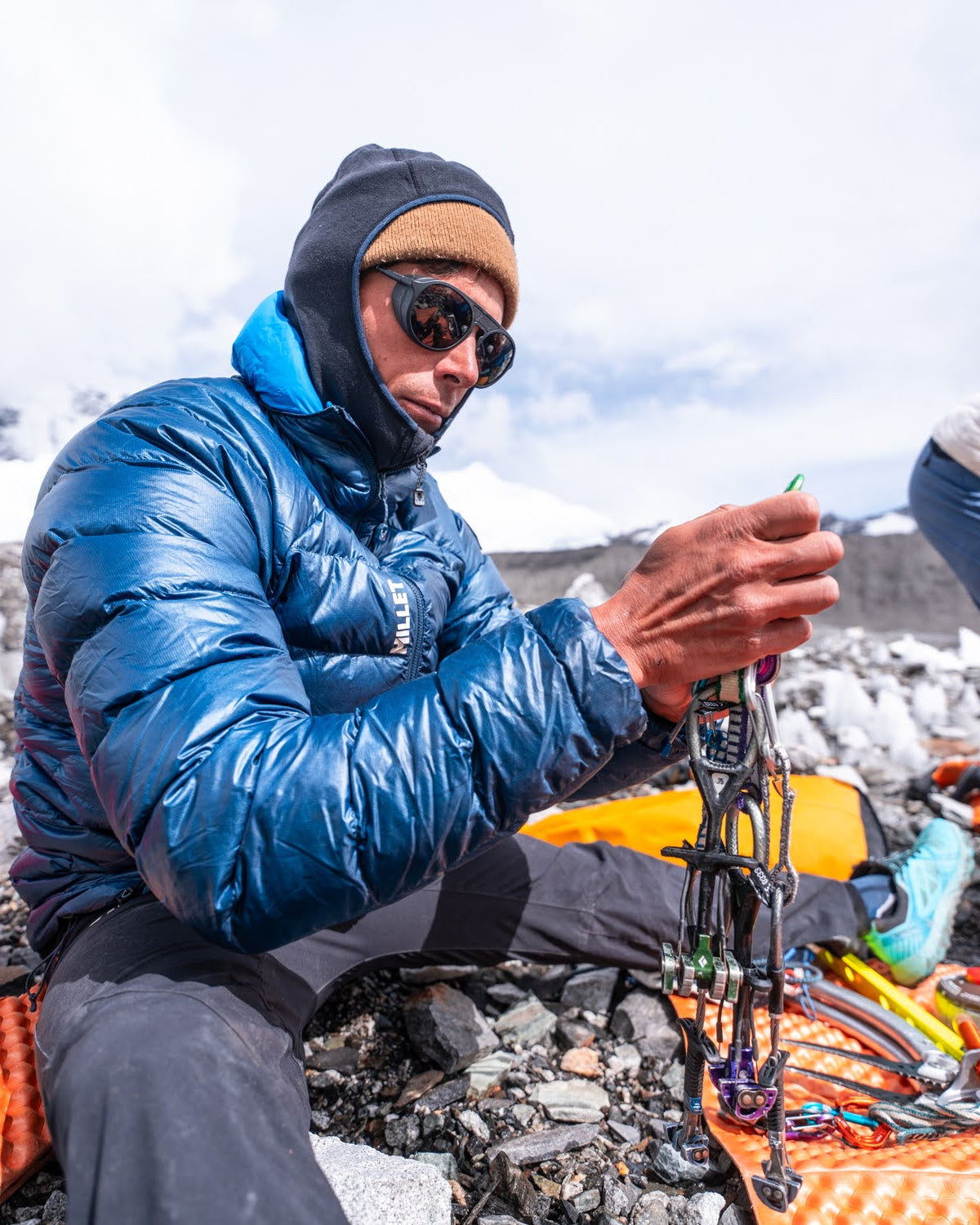
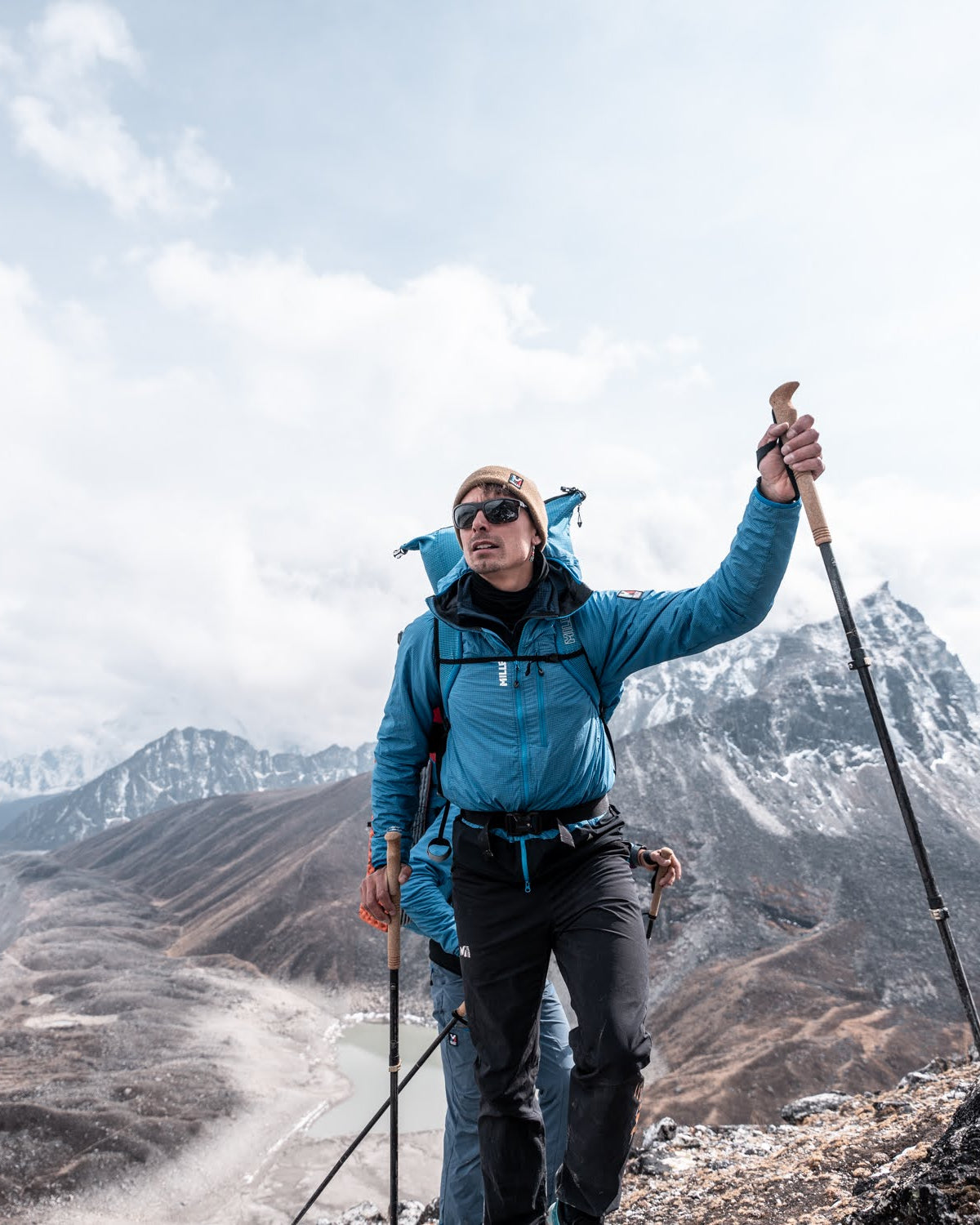
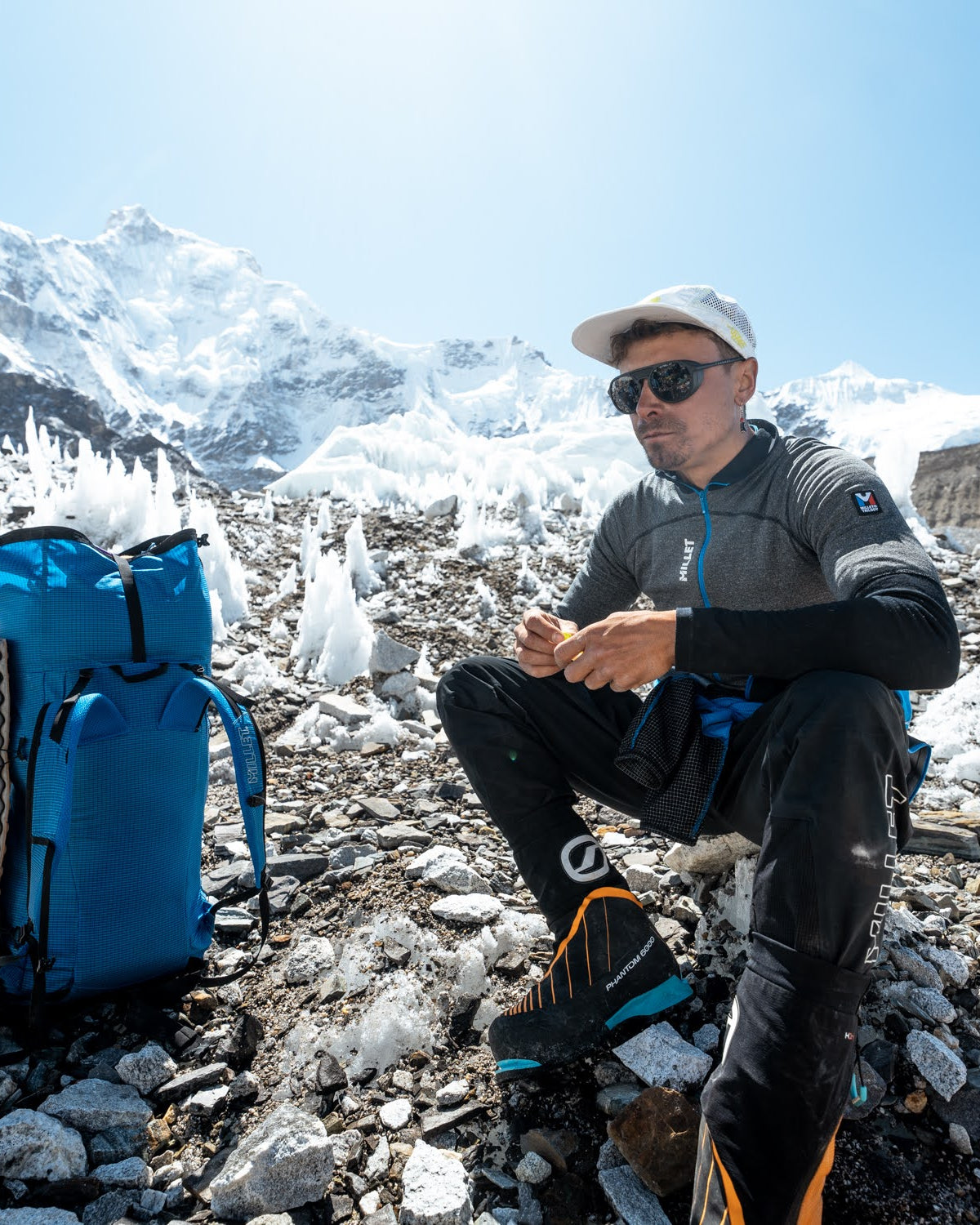
In the Grandes Jorasses you more or less knew the route to take. Here, it was the complete unknown that awaited you. Was it your mountaineering skills that got you to the end of this feat?
Our skills and experience helped us a lot. If someone were put in this situation without preparation they would have a hard time getting through it. We have already climbed faces in the Himalayas and the Alps, and we often face the unknown because things rarely go as planned. In mountaineering, we adapt a lot. It's our experience, mountain knowledge, and all the hours spent in the mountains that helped us succeed in this ascent.
An expedition with such a high level of commitment for two people requires true organization. How do you manage decision-making?
Decision-making is not really organized. With Symon, we know each other very well as friends and climbers. We generally know how the other will react in a given situation. We simply consult each other. For example, during the descent, we were in a deadlock and took a few minutes to evaluate our options. Options A and B seemed unlikely, but we found an Option C that we hadn't considered before. After discussing it, we decided to try this Option C, which was to descend the east face, in total unknown territory.
We make decisions together, without hierarchy. Sometimes, it's easier to decide with two people than with three, as the decision is faster and more instinctive. Knowing the person you're climbing with very well greatly facilitates decision-making.
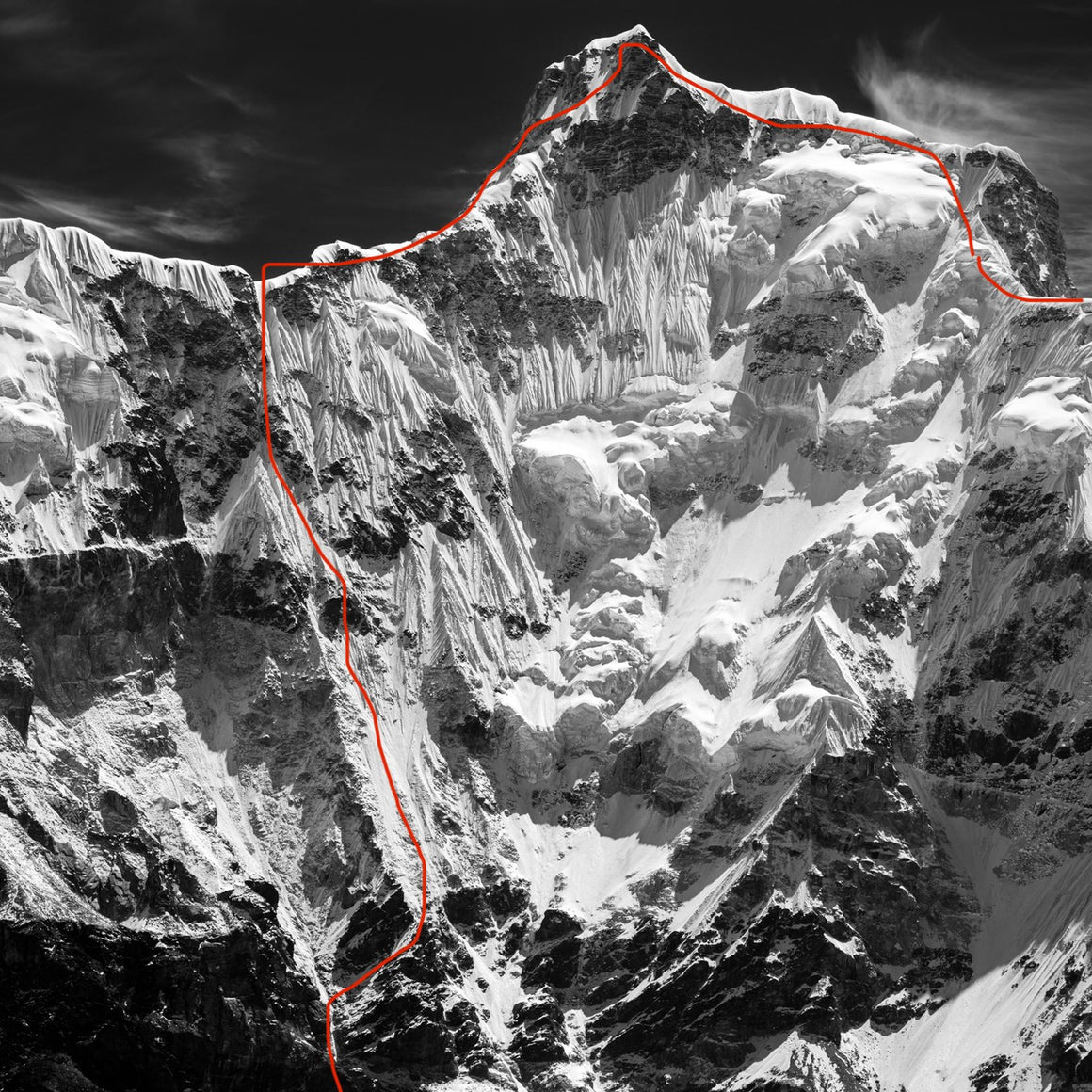
TIME CODE
00’’00 - Approaching moraines (glacier blocks)
00’’20 - Last advanced base camp, night departure
00’’33 - Climbing at sunrise
00’’51 - Panoramic view
02’’02 - Sunrise at the first bivouac, Charles' birthday
02’’15 - Summit ridge (on the way to the summit)
02’’55 - Reaching the summit
03’’18 - Descent in a storm
03’’23 - Second bivouac in a storm
03’’57 - Descent
04’’07 - Arrival
05’’06 - Emotional Sequence
The media coverage of your ascent has gone far beyond the mountaineering world. What does this transcendence into mass media mean to you?
When our adventure started to gain attention beyond the mountaineering world, we were still in Nepal with limited Wi-Fi, which helped us keep a cool head. We were isolated in Namche Bazar or in small villages, which allowed us to transition smoothly. Upon returning to France, the media attention was measured and short-lived. For Symon and me, it was pleasant to see our ascent publicized. Even if it's not a driving force, it's a nice reward.




